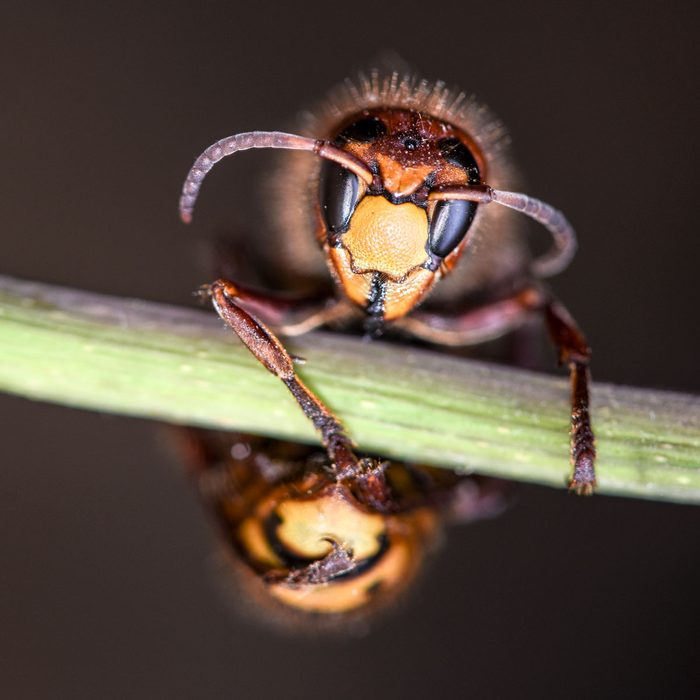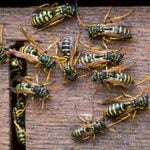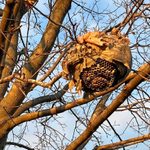What to Know About Murder Hornets

A giant hornet is now buzzing about Washington state, and it has a taste for honeybees. Here's what you need to know about the Asian murder hornet.
The name “murder hornet” strikes fear into the heart of, well, everyone, but the honeybee population has to most fear from this new stinging threat. The Asian murder hornet was spotted in Washington state late last year, and there’s a possibility it could spread to other states if it’s not quickly contained. Here’s what you need to know.
On This Page
What Are Murder Hornets?
The Asian giant hornet (Vespa mandarinia), is a two-inch-long insect native to the mountainous areas of east and southeast Asia. Believed to be the world’s largest species of hornet, the murder hornet’s diet consists of large insects, but it especially likes wasps and honeybees.
The queen will come out of hibernation in April, feeding on sap and early spring fruits. Once it builds its underground nest and establishes a colony, the worker hornets are dispatched in search of live food. Asian murder hornets will attack a hive of honeybees by biting off the heads of the adults. Then they take over the hive to raise their own brood, using the helpless honeybee larvae as food for their young.
How Did They Get to the United States?
No one is exactly sure. They could have been purposely exported, or “hitchhiked” in on foreign cargo. Asian hornets were seen in Canada in the fall of 2019, and they first appeared in the United States in December 2019, near Blaine, Washington.
Can They Kill People or Pets?
Murder hornets prefer insects as their food source, but they will attack people and animals if they feel threatened. Their stinger is much longer than that of a honeybee, and the Asian murder hornet can sting multiple times. With a venom that is seven times more potent than honeybee venom, a sting can be incredibly painful. Multiple stings can be fatal, especially if someone is allergic.
How Worried Should I Be?
Asian murder hornets are an invasive species to the United States, so we want to prevent them from establishing themselves. Scientists say the danger to human beings and pets is minimal. However, the hornet’s taste for honeybee heads is alarming.
It is important to safeguard the honeybee population and protect beekeepers’ apiaries. So far, these giant hornets haven’t been seen outside western Washington. Washington State University researchers need the help of beekeepers and the public to identify the hornet. You can download an app to quickly report sightings of the Asian murder hornet. Or you can contact the Washington State Department of Agriculture Pest Program at 1-800-443-6684 or [email protected]



